By David Sim: The lifting of sanctions on Iran as a result of its nuclear deal with world powers could result in a huge tourism boom. Iran made it on to the top destination lists of major publications such as The Financial Times and The Guardian in 2015 thanks to sights that include 2,500-year-old ruins at Persepolis near Shiraz and 16th-century Islamic architectural gems in Isfahan.
The World Travel Market 2015 Industry Report said Iran was set to become a tourism hotspot. Adventurous tourists are already rushing to discover the riches the country has to offer, including ancient ruins, pristine beaches and popular ski resorts. In this gallery, IBTimes UK presents 30 photos of beautiful sights that should be on every itinerary.
The ancient city of Isfahan, the former Persian capital from 1598 to 1722, is considered one of the most beautiful cities in the world – and is Iran’s number-one tourist destination. Leafy streets, hand-painted tiling and the famous Islamic architecture are unparalleled by any other Iranian city, centred around the magnificent Unesco-listed Naghsh-e Jahan Square. One of the world’s largest city squares, it is home to several magnificent monuments, the Shah Mosque, the Lotfollah Mosque, the Ali Qapu Palace and the Imperial Bazaar/iStock
Sheikh Lotfollah Mosque, built in the early 1600s, was the first of four monuments that dominate Isfahan’s huge Naqsh-e-Jahan Square. The marble mosque is decorated throughout with exquisite tiles and calligraphy/iStock
The Shah Mosque or Imam Mosque, a Unesco World Heritage site on Naghsh-e Jahan Square in Isfahan, is regarded as one of the masterpieces of Persian Architecture, with stunning mosaics and calligraphic inscriptions/iStock
The highly ornamented Ali Qapu Palace is located on Naqsh e Jahan Square, opposite the Sheikh Lotfollah Mosque in Isfahan/iStock
The Bazaar of Isfahan, a vaulted two-kilometre street linking the old city with the new, is one of the oldest and largest markets in the Middle East/iStock
Isfahan’s Allāhverdi Khan Bridge, more popularly known as Si-o-seh pol, has two rows of 33 arches over the Zayandeh River/iStock
Vank Cathedral, also known as Holy Saviour Cathedral, is an Armenian Apostolic church built in the early 1600s in Isfahan/ iStock
In the 17th century, Isfahan was home to around 3,000 magnificent towers built to house pigeons. About 300 remain scattered throughout the countryside around the city/ iStock
Abyaneh is one of the oldest villages in Iran. Located at 2,500m above sea level in Isfahan province, the village is a jumble of houses packed one on top the other on the slopes of Mount Karkas. The walls of the houses are made of mud bricks that contain a lot of iron oxides, giving them a reddish colour/ iStock
Dizin, established in 1969, is the most popular ski resort in Iran. The ski season here runs from December to May – longer than European resorts because of its high altitude (3,600m, making it one of the 40 highest ski resorts in the world)iStock
Darbandsar, 60km to the north-east of Tehran, is one of the newest ski resorts in Iran. It offers a variety of winter sports such as snowboarding, mountain climbing, cross-country and off-piste skiing, etc/iStock
Founded by Darius I in 518 BC, Persepolis was the ceremonial capital of the Achaemenid Empire and is situated around 70km north-east of the city of Shiraz/iStock
The tomb of Cyrus the Great, in the Pasargadae World Heritage Site, is believed to date back to the 4th century BC/iStock
Narenjestan-e Qavam, the Qavam Orange Grove, is a 19th-century garden in Shiraz. It leads to the elegant Qavam House, decorated in a style inspired by Victorian era Europe/iStock
The Nasir ol Molk Mosque in Shiraz is also known as the Pink Mosque, thanks to colour of the tiles used to decorate the interior. It looks particularly beautiful with light streaming through its coloured glass windows/iStock
Tehran lacks the beautiful architecture of Isfahan and the history of Persepolis, but makes up for it with its range of restaurants, cafés, museums and art galleries – and its location at the foothills of the Alborz mountains make for fantastic walking trails/iStock
Golestan Palace is a Unesco world heritage site in Tehran, and part of a former royal complex that includes palaces and museums, decorated with intricately carved marble and mirrored halls/iStock
Milad Tower, also known as the Tehran Tower, is the sixth tallest tower in the world. Standing at 435m (1,427ft) high, the top floors are home to observation deck and a revolving restaurant/iStock
Mount Damāvand is the highest peak in Iran and the Middle East. This potentially active volcano is located in the Alborz range, near the southern coast of the Caspian Sea, about 60km north-east of Tehran/iStock
Meymand, an ancient village in Kerman Province, is thought to date back 12,000 years ago. More than 600 people still live in around 350 hand-dug rock houses/iStock
Kandovan is a village in East Azerbaijan Province containing cliff dwellings excavated inside volcanic rocks similar to those in the Turkish region of Cappadocia. These rock houses are still occupied today – at the 2006 census, the village had a population of around 600/iStock
Yazd, a city of around a million people and the driest city in Iran, is architecturally unique and an important pilgrimage destination for Zoroastrians/iStock
The Amir Chakhmaq Complex is the largest structure in Iran. It is illuminated with orange light in the evenings and provides wonderful views over the city of Yazd/iStock
The city of Bam in Kerman Province surrounds an ancient citadel dating back around 2,000 years, to the Parthian Empire (248 BC–224 AD)/iStock
Qom, a city of around a million people about 125km south-west of Tehran, is considered holy by Shia Islam and is a popular pilgrimage destination/iStock
The Zagros Mountains, regarded as sacred by the Kurds, run along Iran’s western border. The highest point on the range is Zard Kuh, at 4548m (14,921 ft)/iStock
Anzali Lagoon in the Caspian Sea in the northern Iranian province of Gilan is a good place for birdwatching, despite increasing pollution thanks to being used for many years as waste dumping site/iStock
The port city of Bandar Abbas is capital of Hormozgān Province on the southern coast of Iran, on the Persian Gulf. Thousands of tourists visit the city and the nearby islands, including Qeshm and Hormuz/iStock
The Bazaar of Tabriz, another Unesco World Heritage Site, is thought to be the largest covered bazaar in the world. Situated on the ancient Silk Road, the bazaar has separate sections for jewellery, carpets, leather goods, etc/iStock
The Golden Eagle Danube Express is a luxury train that takes two weeks to wind through the 7,000km journey from Budapest to Iran, via the Balkans, the Bosphorus and eastern TurkeyBernadett Szabo/Reuters



















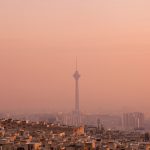














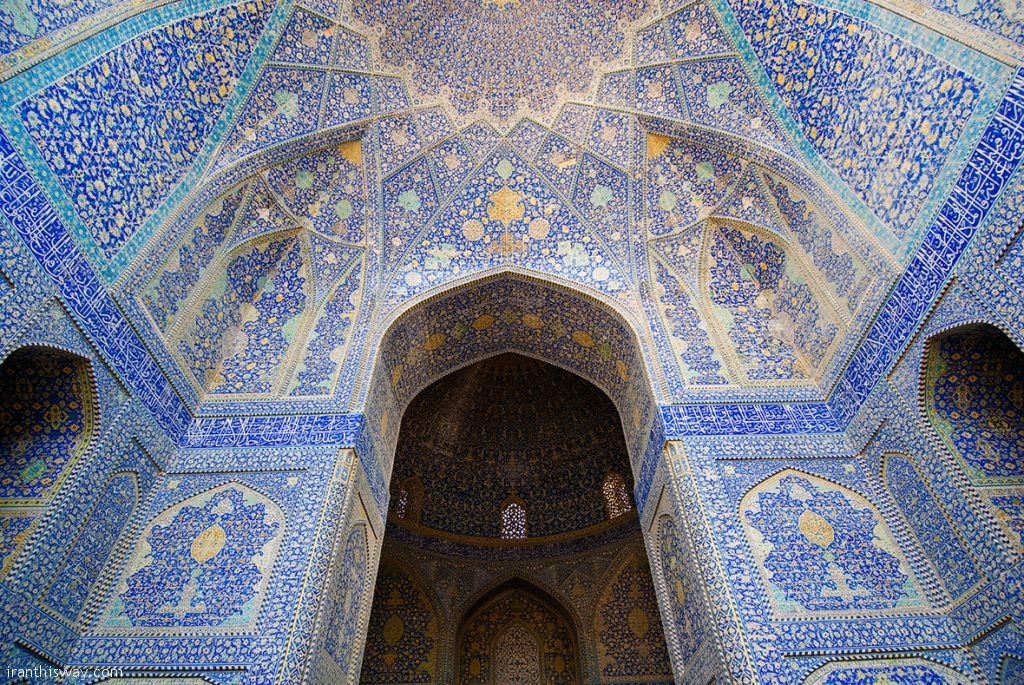
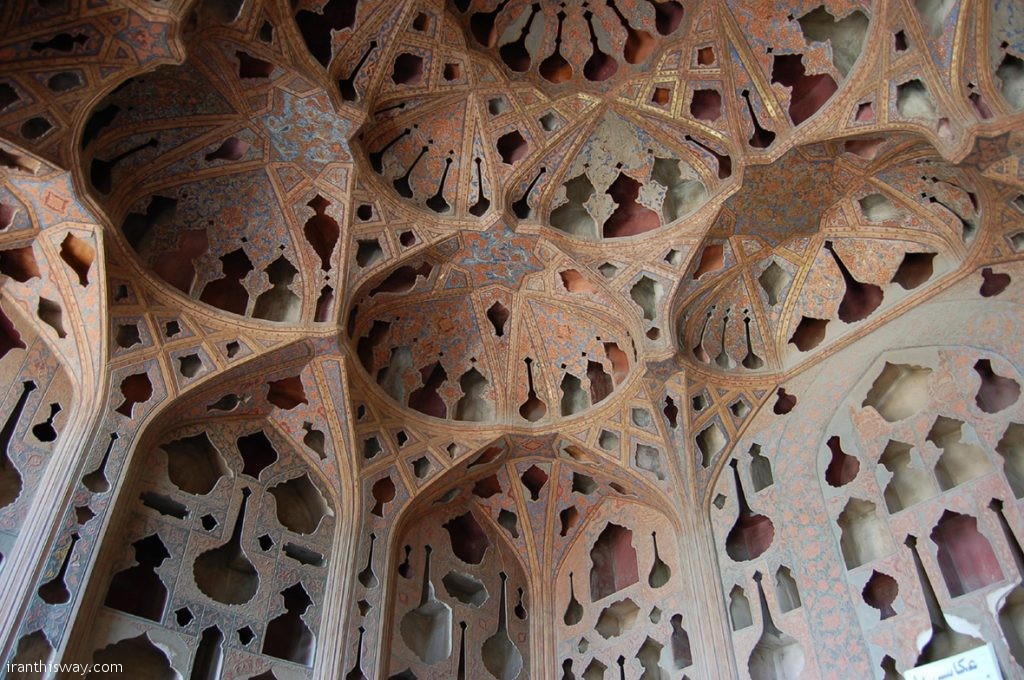
















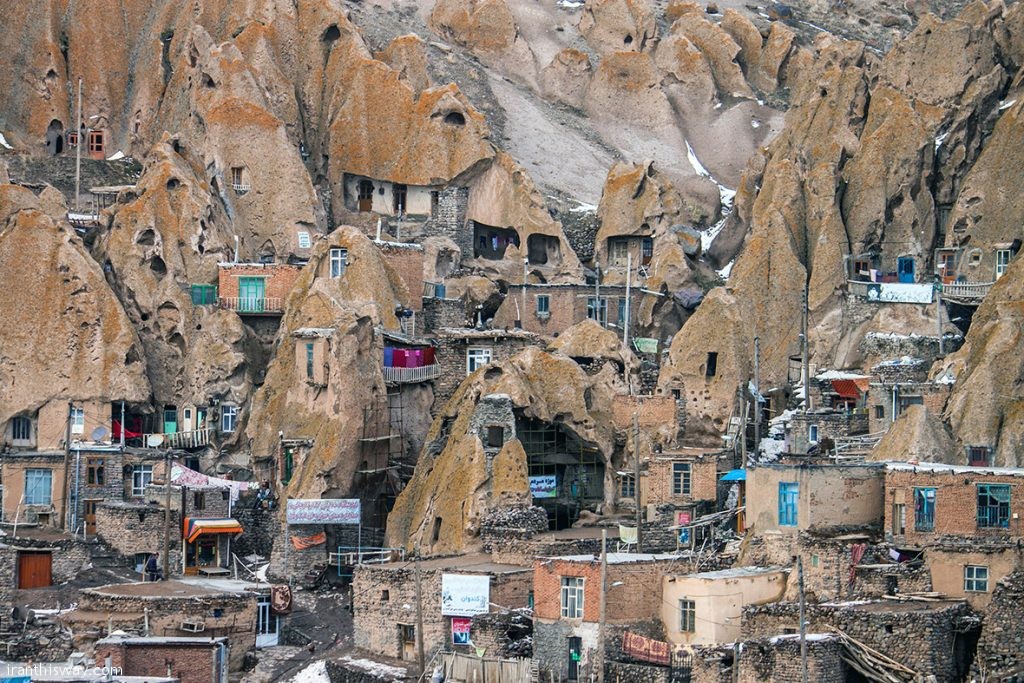












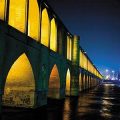
2 comments on “Iran tourism: 30 beautiful surprises waiting to be discovered by adventurous travellers”